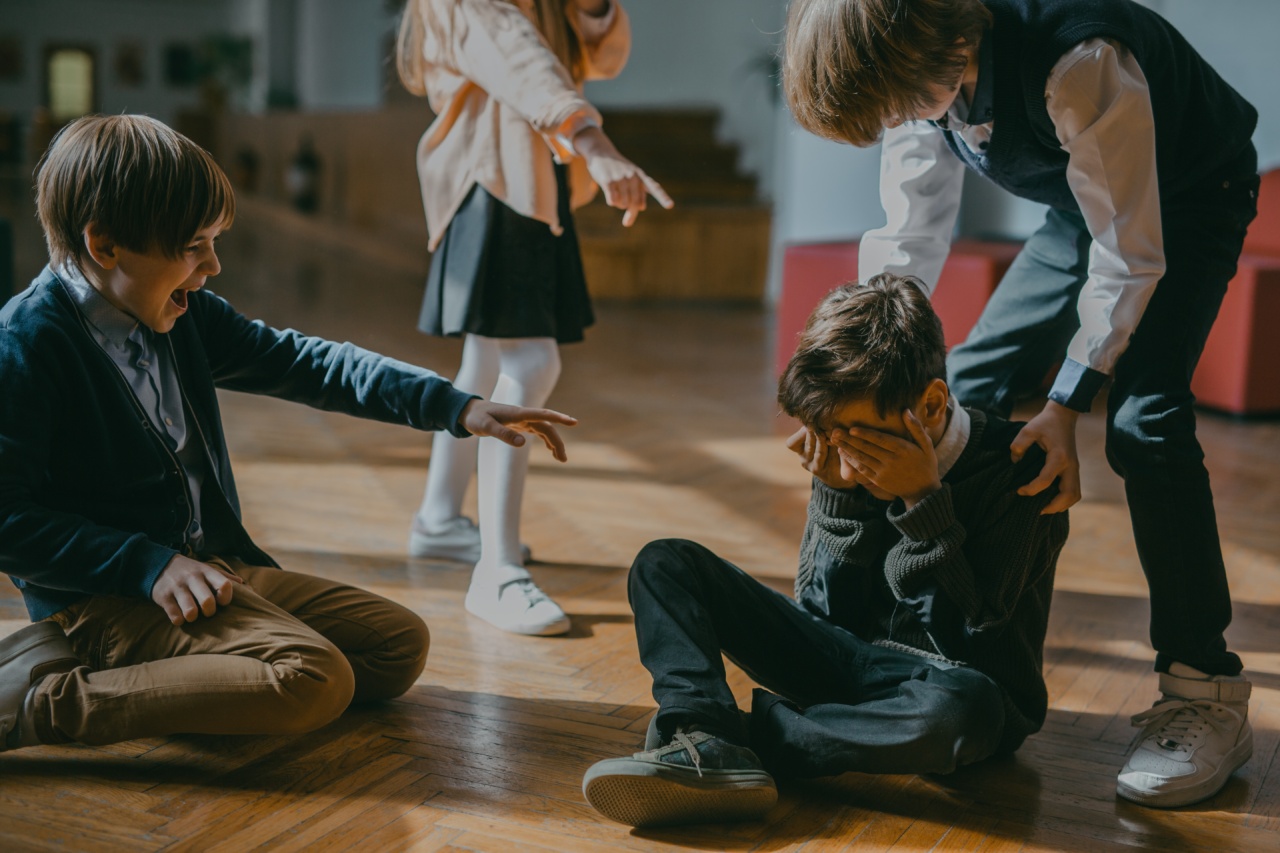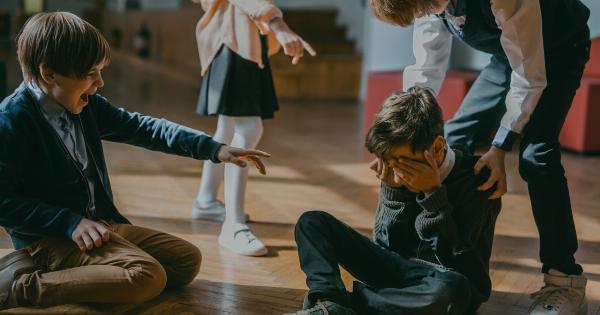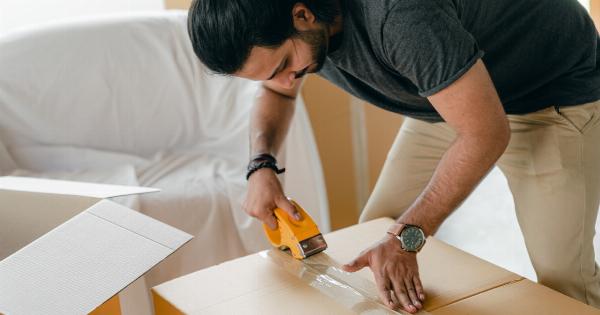Child sexual harassment is a highly sensitive and alarming issue that requires strict measures and strategies for protection. It is a form of abuse that can have profound and lasting effects on the victims.
In this article, we will discuss various strategies and steps that can be taken to protect children from sexual harassment.
Educating Children about Boundaries
One of the most important strategies in protecting children from sexual harassment is to educate them about personal boundaries. Children should be taught what is appropriate and inappropriate behavior, both online and offline.
They should understand that no one has the right to touch them or invade their personal space without their consent.
Open Communication
Creating an environment of open communication is crucial for child protection. Children should feel comfortable speaking to their parents, teachers, or any trusted adult about their concerns and experiences.
It is essential for adults to listen attentively and respond in a supportive manner, ensuring that the child feels safe to share their feelings and experiences.
Empowering Children
Empowering children to protect themselves is an effective strategy in combating child sexual harassment.
Teaching children about consent, recognizing warning signs, and assertiveness can enable them to say “no” when they feel uncomfortable or threatened. Providing them with self-defense skills can also enhance their ability to protect themselves.
Safe Online Practices
In today’s digital age, it is vital to educate children about safe online practices.
They should be taught about the importance of privacy settings, avoiding sharing personal information with strangers, and understanding the risks associated with online interactions. Encouraging children to report any inappropriate online behavior they encounter is essential.
Strengthening Laws and Policies
Effective child sexual harassment protection strategies require strong legal frameworks and policies. Governments and authorities need to ensure that laws are in place to punish offenders and deter potential perpetrators.
Additionally, policies should be implemented in schools and other institutions to prevent and address instances of child sexual harassment.
Enhancing Awareness and Training
Increasing awareness about child sexual harassment among parents, teachers, and children is essential.
Conducting training sessions and workshops on recognizing signs of abuse, reporting mechanisms, and support services can significantly help in prevention and timely intervention. Educational programs should be designed to address the specific needs of different age groups.
Support Services
Providing adequate support services to child victims of sexual harassment is crucial for their recovery and well-being.
Counseling, therapy, and access to helplines or hotlines can ensure that children receive the necessary support when they disclose their experiences. Collaboration between various organizations and agencies working in this field is also vital for effective support services.
Screening and Background Checks
Organizations and institutions working with children must implement thorough screening processes and background checks for all staff and volunteers.
This ensures that individuals with a history of child sexual harassment or related offenses are not placed in positions of authority or responsibility that would enable them to harm children.
Encouraging Reporting
Creating an environment that encourages and supports reporting of child sexual harassment is imperative. Children should be assured that they will be listened to, taken seriously, and protected from any further harm.
Whistleblower protection mechanisms should be in place to safeguard those who report instances of abuse.
Community Engagement and Support
Communities play a crucial role in protecting children from sexual harassment.
Engaging community members, including religious leaders, teachers, and local organizations, can help spread awareness, foster a sense of responsibility, and create a supportive network for children. Collaborative efforts are key to building a strong protective environment.
In Conclusion
Protecting children from sexual harassment requires a holistic and multi-faceted approach. By implementing the strategies discussed above, society can create a safer environment for children, where they can grow and thrive without the fear of abuse.
Every individual and organization has a responsibility to uphold the rights and well-being of children.





























